SGGPO
Incompatible liver transplantation increases the chances of survival for people needing a liver transplant, as well as increasing the supply of liver donors.
Doctors at the 108 Military Central Hospital (108 Hospital) have successfully performed a liver transplant with different blood types between a grandmother and a 15-year-old granddaughter. Notably, this is the first time that 108 Hospital has performed a liver transplant with different blood types for children.
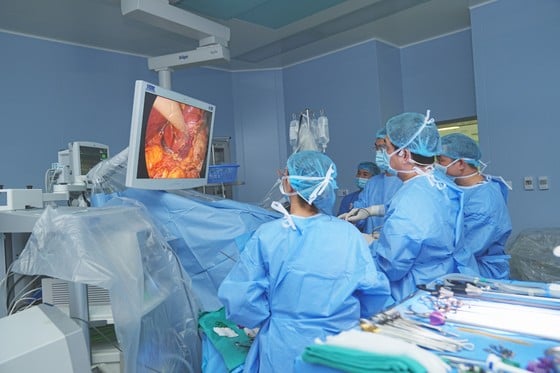 |
Doctors at Hospital 108 performed a liver transplant with incompatible blood types for a 15-year-old patient. |
Associate Professor, Dr. Le Van Thanh, Director of the Institute of Digestive Surgery, Hospital 108, said that the 15-year-old female patient had hepatocellular carcinoma on the background of cirrhosis, so a liver transplant was the best option. However, the special feature of this transplant was that it was an ABO-incompatible liver transplant with the donor being her grandmother.
 |
After liver transplant, 15-year-old patient gradually recovers health |
The difference in a liver transplant with a different blood type is that 3 weeks before the transplant, the liver donor's blood type antibody titer is assessed, then the antibody titer is adjusted, desensitization treatment with the immunosuppressant Retuximab combined with plasma filtration, to bring the donor's blood type antibody concentration down to 1/16 before the liver transplant is performed.
Technically, just like normal liver transplants, the survival time of liver transplant patients is no different. After liver transplant, patients are monitored as normal transplants, but antibody titers must be tested every 2 weeks until discharge from the hospital.
Associate Professor, Dr. Le Van Thanh said that in the past, patients who were indicated for liver transplants only received the same blood type, but the number of people needing liver transplants was high while the number of liver donors was low, and the number of donors with the same blood type was even lower. With the method of liver transplants with different blood types, it helps increase the chance of survival for those needing liver transplants, as well as increase the source of donations.
Source


![[Photo] Warm meeting between the two First Ladies of the Prime Ministers of Vietnam and Ethiopia with visually impaired students of Nguyen Dinh Chieu School](https://vstatic.vietnam.vn/vietnam/resource/IMAGE/2025/4/17/b1a43ba73eb94fea89034e458154f7ae)
![[Photo] President Luong Cuong receives UN Deputy Secretary General Amina J.Mohammed](https://vstatic.vietnam.vn/vietnam/resource/IMAGE/2025/4/17/72781800ee294eeb8df59db53e80159f)
![[Photo] Hundred-year-old pine trees – an attractive destination for tourists in Gia Lai](https://vstatic.vietnam.vn/vietnam/resource/IMAGE/2025/4/17/25a0b7b629294f3f89350e263863d6a3)
![[Photo] Prime Minister Pham Minh Chinh and Ethiopian Prime Minister visit Tran Quoc Pagoda](https://vstatic.vietnam.vn/vietnam/resource/IMAGE/2025/4/17/18ba6e1e73f94a618f5b5e9c1bd364a8)
![[Photo] President Luong Cuong receives Kenyan Defense Minister Soipan Tuya](https://vstatic.vietnam.vn/vietnam/resource/IMAGE/2025/4/17/0e7a5185e8144d73af91e67e03567f41)
![[Photo] President Luong Cuong receives Lao Prime Minister Sonexay Siphandone](https://vstatic.vietnam.vn/vietnam/resource/IMAGE/2025/4/17/337e313bae4b4961890fdf834d3fcdd5)


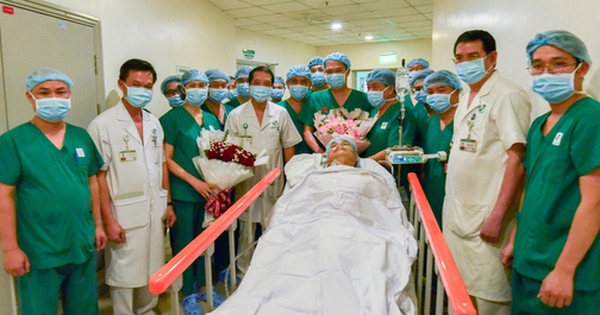

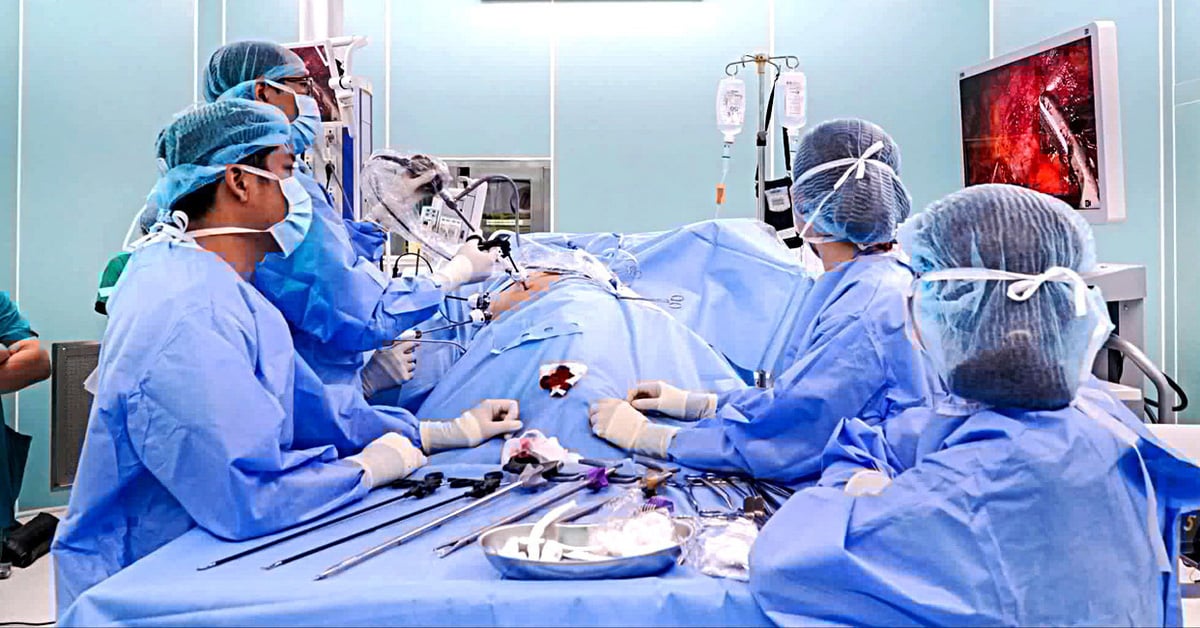



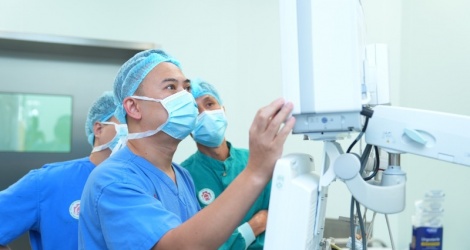



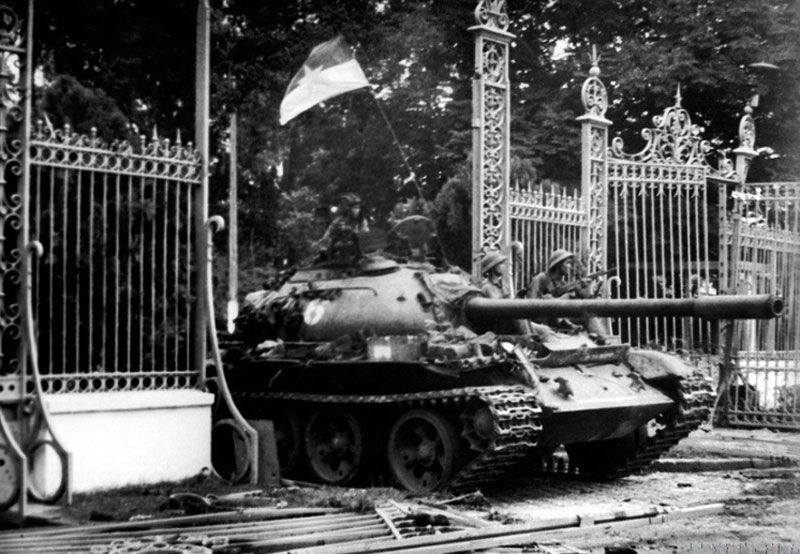









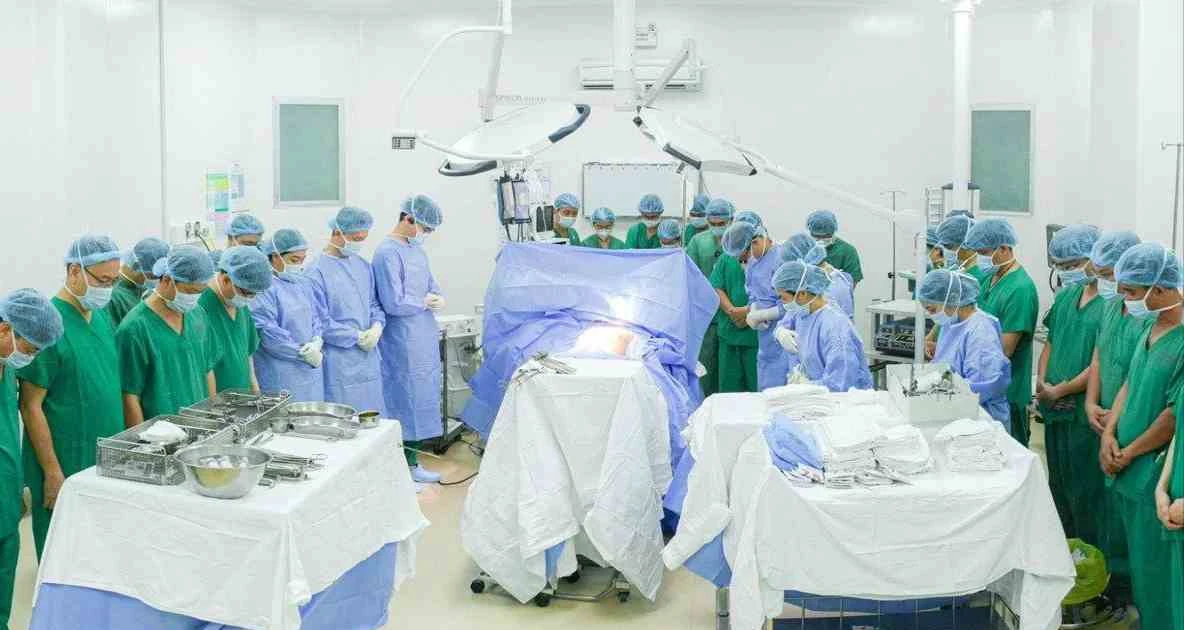



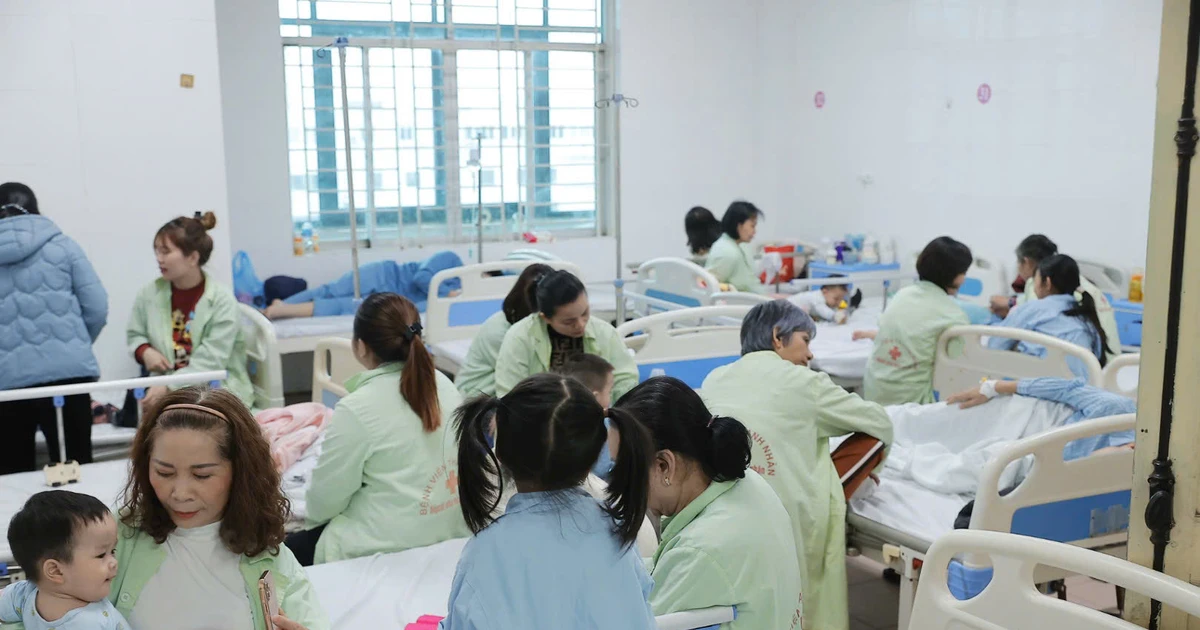







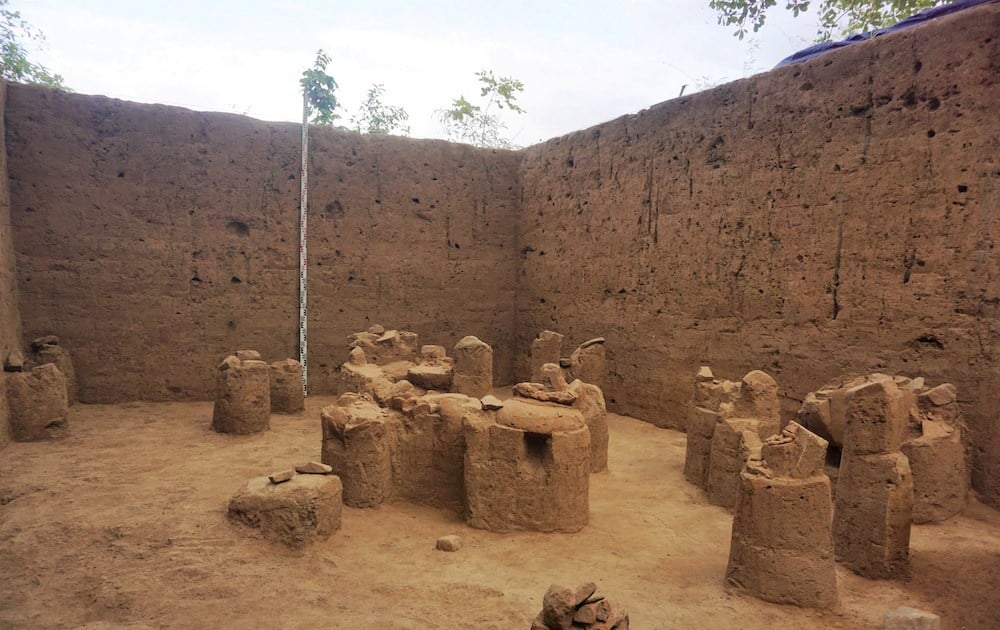


















![[Video] Viettel officially puts into operation the largest submarine optical cable line in Vietnam](https://vstatic.vietnam.vn/vietnam/resource/IMAGE/2025/4/17/f19008c6010c4a538cc422cb791ca0a1)

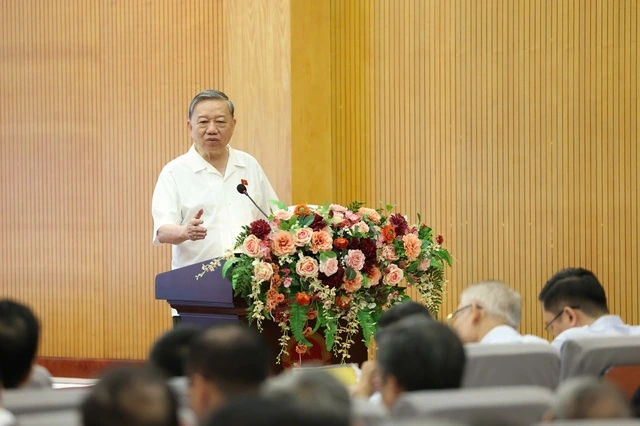















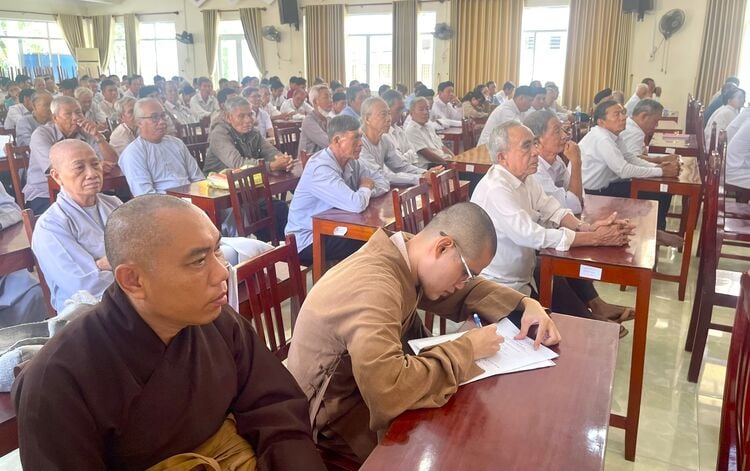


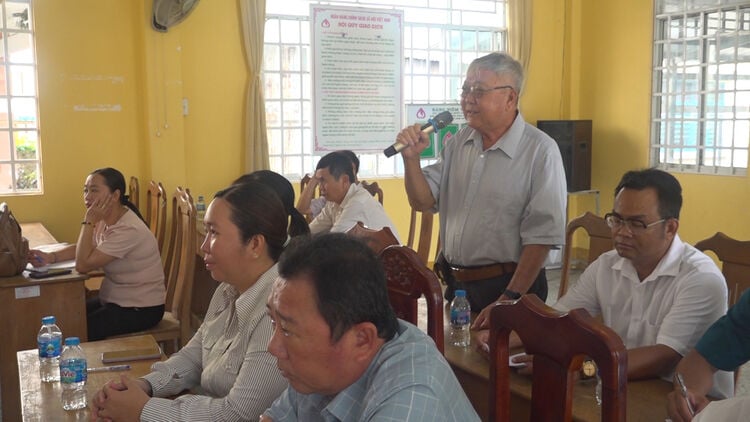

















Comment (0)